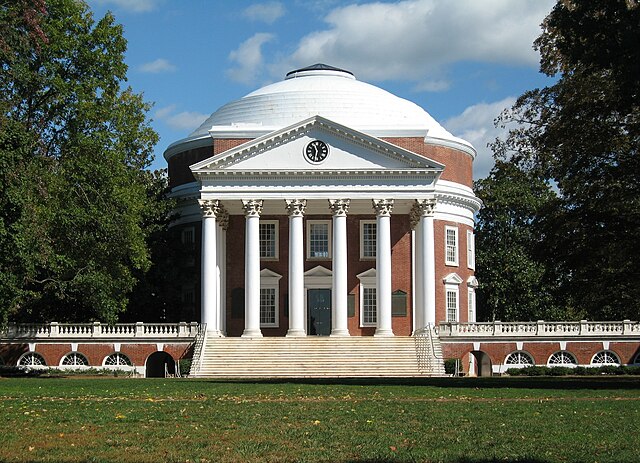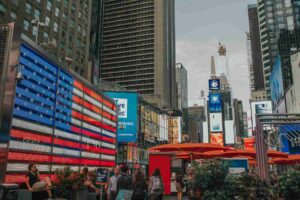Why UVA’s DOJ Crisis Stood Apart — And Why It May Reveal a Broader Strategy

The confrontation between the University of Virginia and the Department of Justice in 2025 was not simply another campus caught in a federal dragnet. It was the result of a political alignment that made UVA unusually exposed compared with peer institutions. While the university itself remains strong, the leadership upheaval culminating in President James E. Ryan’s resignation stands out for how quickly and severely it escalated after January 2025.
To be clear, UVA has issued no admission that political coordination or strategic targeting drove these events. There is no “smoking gun” and no official confirmation. What follows is a logical interpretation based on timelines, governance structures, and Ryan’s own statements — not an endorsed UVA narrative.
When the DOJ began sending a series of increasingly forceful letters in early 2025, several universities were placed under scrutiny for admissions practices, antisemitism concerns, and DEI programs. But schools like UC Berkeley and the University of Michigan operated within political ecosystems controlled by Democrats. Governors, attorneys general, and boards in those states served as a counterbalance to federal pressure. That didn’t eliminate conflict, but it prevented federal investigations from morphing into institutional crises.
UVA’s circumstances were fundamentally different. The DOJ’s pressure was reinforced, not countered, by Virginia’s political leadership. Governor Glenn Youngkin had reshaped the Board of Visitors with appointees aligned with skepticism toward DEI and sympathetic to the Trump administration’s agenda. Instead of providing institutional cover, the board became — in perception if not intention — an extension of the forces scrutinizing the university.
Ryan’s own account reinforces this interpretation. In his resignation letter, he described “moving goalposts,” a constrained ability to speak publicly, and assertions from board members that DOJ lawyers believed his departure would facilitate compliance. Whether those claims were accurate or misunderstood, they underscore how intertwined the pressures had become.
This raises a broader possibility:
UVA may fit a strategic “sweet spot” for the Trump DOJ — targeting culturally liberal universities located in states under Republican control, where federal pressure is less likely to be resisted and more likely to be amplified.
In such states, boards and governors can act as accelerants rather than shields.
Other universities faced DOJ scrutiny, yes. But only UVA faced it in a political environment where Washington and Richmond were aligned, not opposed. That convergence didn’t topple UVA — but it did topple its leadership, and it did so in a way that has not happened elsewhere.












